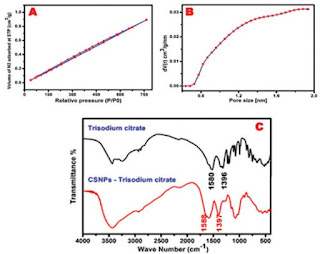Studying
of Anthocyanins of Cerasus Vulgaris Mill. Species Spreading in the Territory of
Nakhchivan Autonomous Republic and its Application as pH Indicator by Rahimova
Sura Ali* in Open Access Journal of
Biomedical Science (OAJBS)

https://biomedscis.com/fulltext/studying-of-anthocyanins-of-cerasus-vulgaris-mill-species-spreading-in-the-territory.ID.000288.php
To Know More About Open Access Journal of Biomedical Science Please Visit:
Biomedscis
Are
Click on: https://Biomedscis.Com/



Comments
Post a Comment